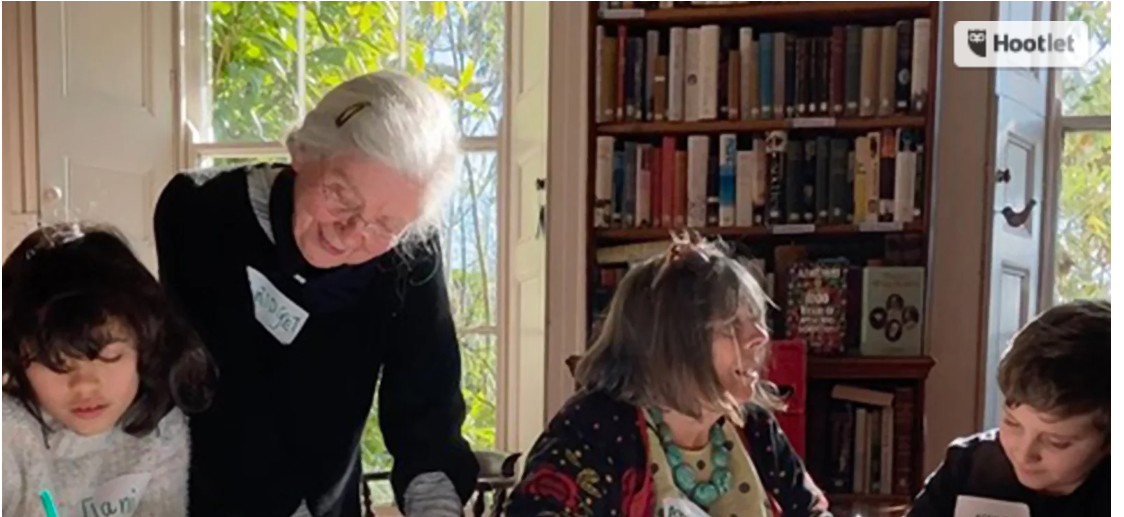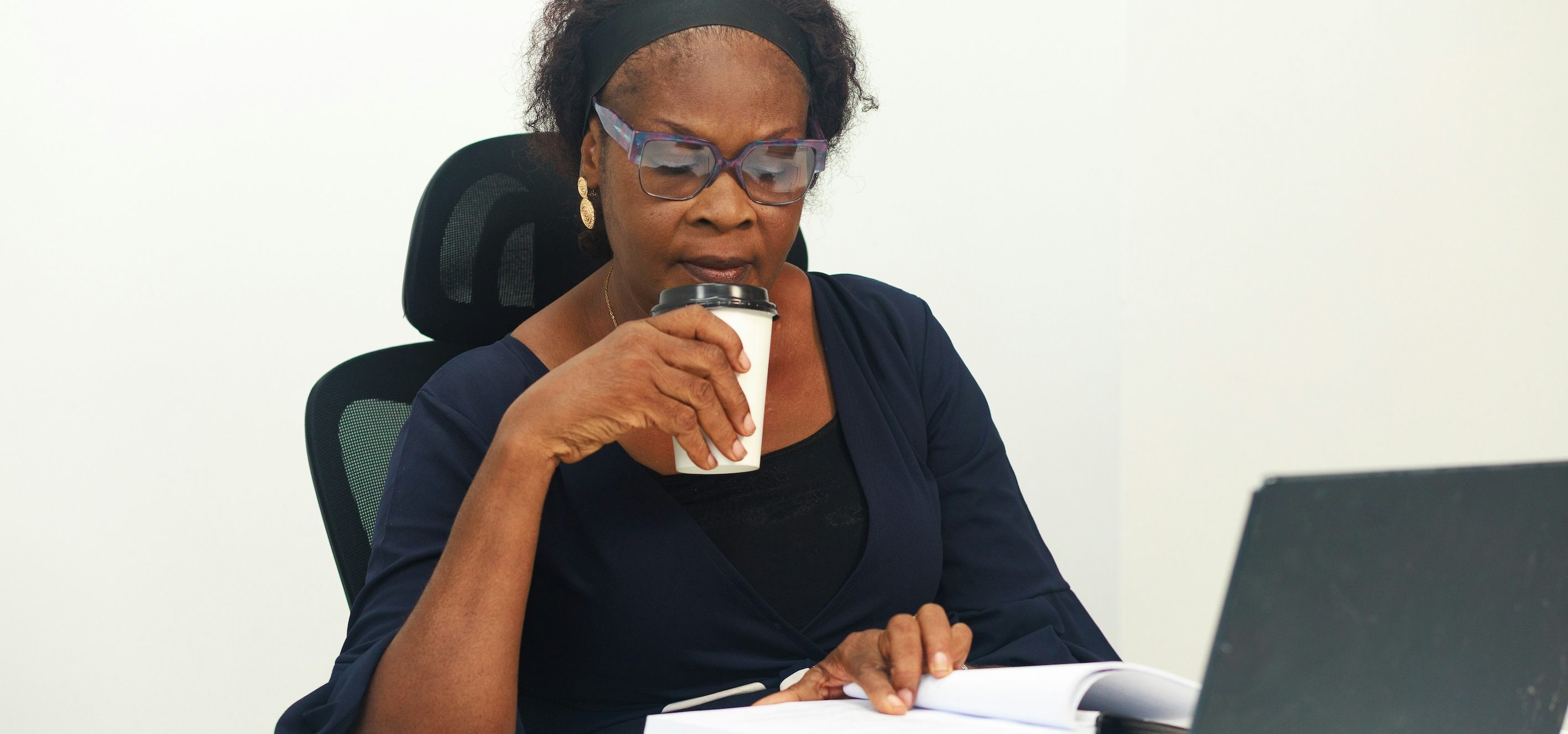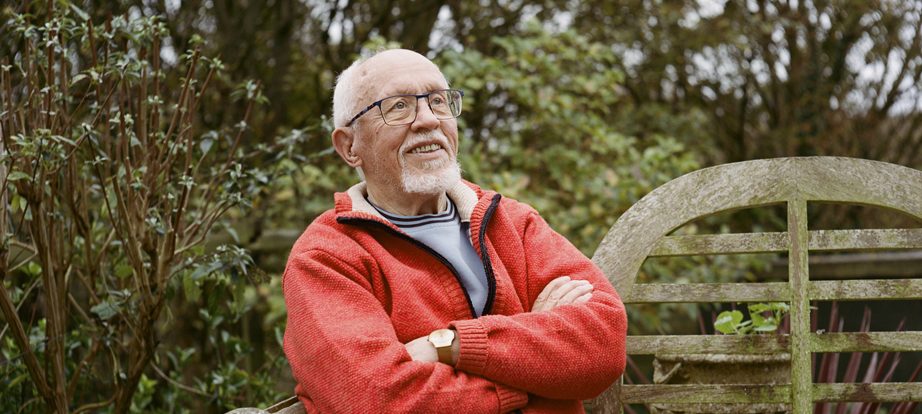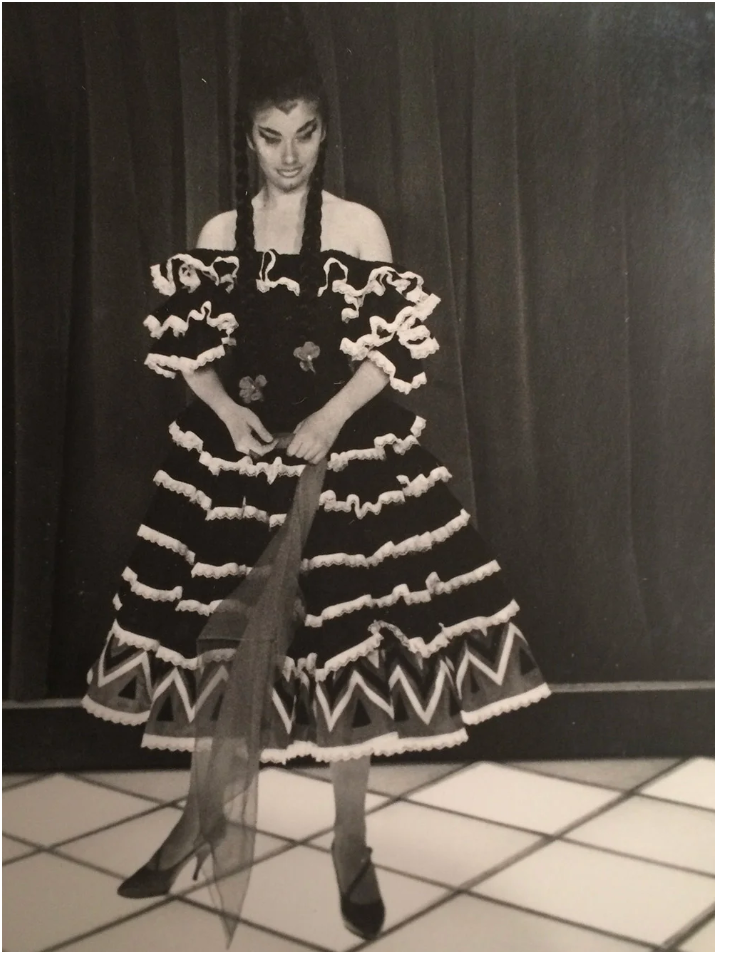
Bridget dancing in Paris in her 20s.
Reflecting on her journey, Bridget shares, “I didn’t leave school with an awful lot. But what I have done since, as I have had to earn my own living, was just to do the next thing and learn how to cope with it.” Her story is one of constant learning and adaptation, from running a dance company and encouraging children to reach their full potential to navigating the complexities of the Edinburgh Festival.
Bridget’s resilience is a defining feature of her life. Although polio cut short her dancing career, it did not diminish her passion for the art. Instead, she taught and established a dance company to help talented dancers who might otherwise have been overlooked. “I saw so much talent bursting out of him,” she recalls of a young dancer who had been turned away from the Royal Ballet School. “There was a twinkle in his eye, and I said I would give him a chance.” This spirit of determination and adaptability has been a constant throughout her life
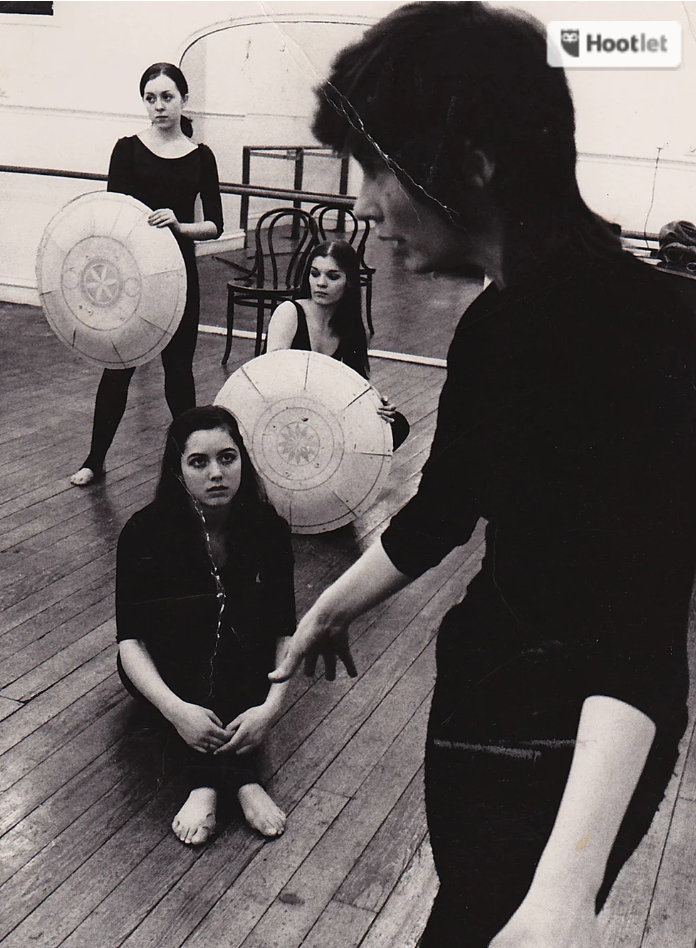
Bridget rehearsing with pupils from her dance school.
In her early 50s, despite holding numerous dance and other certificates, Bridget realised she had never studied art. Encouraged by a friend, she pursued an A-level in Art History. “And I went to the classes in the school with lots of young students, and two years later, I took it. I got an A*, and so did my friend Jeremy who was our teacher,” she says. “Three months later, I said that I really missed our lessons, and asked, ‘Can’t we go and do a diploma?’ Jeremy came back and said there was a degree course at Birkbeck, so we both applied and did it.” However, a year into the course Bridget became redundant and feeling pretty low. “My tutor said, ‘Just keep coming. Don’t worry about writing essays, but just keep coming.’ We both ended up just a few marks shy of a first, but one of us got 68, and the other 69, and we never looked up which was which.”
"I would love recognition for all I’ve discovered about how best it should be done, so others can follow.”
A year after graduating, her tutor asked if she would like to work at the National Gallery. “I said ‘they won’t want me’!” Bridget laughs. “But the job was in the education department, working with schools. I was on my uppers then, working as a chaperone for children singing with English National Opera. I was struggling. There was no real training, and again it was learning by doing, but I went to the National Gallery every day and really got to know the collection from a child’s angle. Then I applied and got the job.” Bridget discovered that working with school groups revealed the unique perspectives of often-overlooked students. “I would often see the loner in these school groups, and they would often say something that no one else would say.”
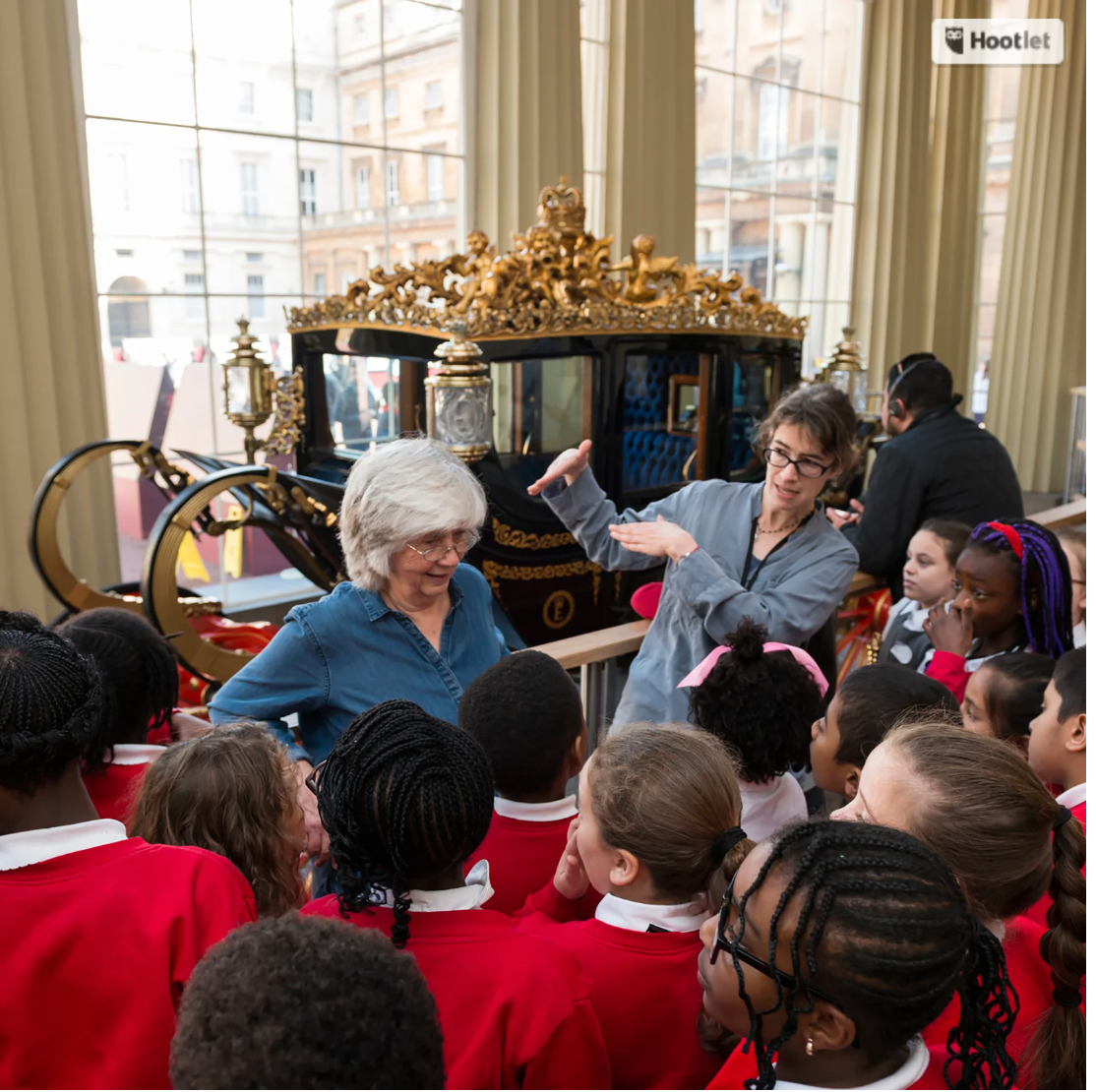
Bridget eaching at Buckingham Palace for the Royal Collection Royal Collection Trust. © His Majesty King Charles III 2023
While working for the National Gallery, Bridget also freelanced occasionally for the Wallace Collection working with schools. She introduced several themed sessions using their magnificent collection as a source for creative writing for all ages, together with a small team of freelance writers and educators. When the leader of this programme went to the Royal Collection Trust, Bridget went with him, first to the Queen’s Gallery and then to Buckingham Palace during the summer openings. The team went too,and as she says, “we are still there spreading the word about the value of creative writing with pictures”. Although Bridget still writes many of the programmes, she only teaches a couple of school groups a season – one of the highlights of her year.
Her foray into writing children’s books began during an earlier, challenging period of personal transition. “I was working full time in a secondary school, I had parted from my husband and had two young children. There was a boy named Keith across the way who was always in and out of our house – a little toughie. I had never forgotten him. He inspired me. Then I met a lad named Colin who refused to go to school. I asked him why, and he said, ‘They don’t teach me anything I’m interested in, Miss.’ The first two books were based on them.” Despite her achievements, Bridget still grapples with the challenges of being an outsider, particularly in the publishing world. “That feeling of being an outsider, not being able to get in, has been a theme in my life,” she reflects. “Like now, even with four other books behind me, I don’t know how to get a publisher for this book. How do you get someone just to read it?”
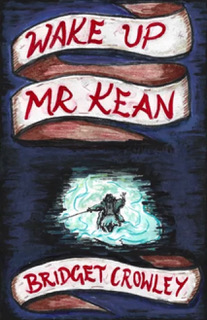
Two of Bridget's books.

Bridget’s impact on others is profound yet often understated. “A lot of ex-students have told me that I have saved them, that I have shown them the way, but really I was just doing the job as it seemed right,” she says modestly. Whether it was catching her grandson when he fell from one of the lions in Trafalgar Square or mentoring young dancers, Bridget has been a guiding force. She recalls a reunion with former students from her dance company, where one successful dancer expressed his gratitude by falling at her feet. It was the boy with the twinkling eyes!
Her childhood, marked by a sense of isolation, shaped her interactions and relationships. “I wanted friends but didn’t really know how,” she recalls. This feeling of being an outsider continued into her adulthood, influencing her personal and professional life. Even now, she says, “I continue to be a little bit of a loner. I am happy on my own.” However, she found her place in the world of dance. “Today when I go to a dance rehearsal, I still feel at home. This is me. I know it. I know how it works.”
When asked what advice she would give her younger self, Bridget pauses and laughs. A massive pause, and a long deep breath out and she says quietly, “What on earth do you think you are doing?” She goes on, “I was a mess. I just didn’t know how to cope with people at all. I didn’t know how to have a friend or be a friend – although I do now. My emotional life has been such a mess, which started with my father leaving when I was 18 months old. Now I know what effect that had on me but throughout my life, I just didn’t know what a good relationship was. Now I know what it is, but I think it’s a bit too late, don’t you?’
“I know what stops me from learning now is my memory - new things don’t stay with me."
As for the future, there are occasional creative writing sessions with young people and website entries for the National Gallery, but Bridget expresses a desire for recognition. “For instance, I still do audio-descriptions for dance companies at Sadler’s Wells, and I know that what I do is good, because our audiences say so. I would love recognition for all I’ve discovered about how best it should be done, so others can follow,” she says. Yet, it is her writing that she is less sure about. “I don’t want to be famous, but I would love to be recognised in the profession,” she admits. Her passion for poetry, a pursuit she is “probably most proud of,” has been a recent focus, and she looks forward to sharing this work more widely.
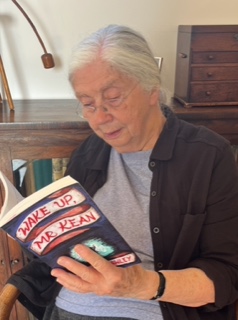
Bridget reading her first book.
If there was one innovation she would like to see in learning, it would be improved support for memory. “I know what stops me from learning now is my memory – new things don’t stay with me. I used to memorise all the poems I read, but now I wouldn’t try. Problems with memory are a great worry. My mother had dementia, so help now would be very helpful.”
Bridget’s life stands as a powerful testament to resilience, adaptability, and the joy of lifelong learning. Her story reminds us that it’s never too late to continue learning, embrace change, and make a meaningful impact on the world.

 &
& 
